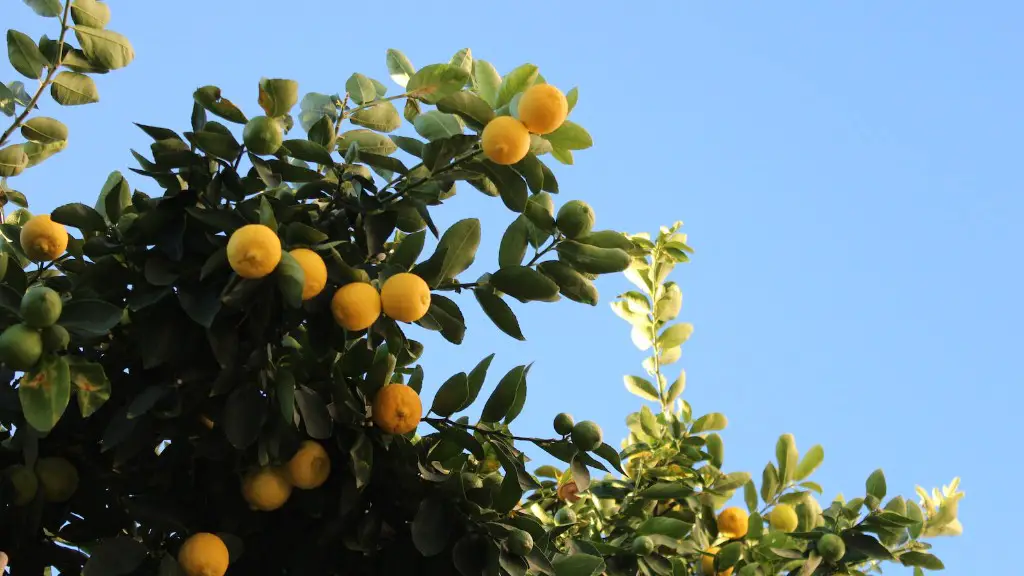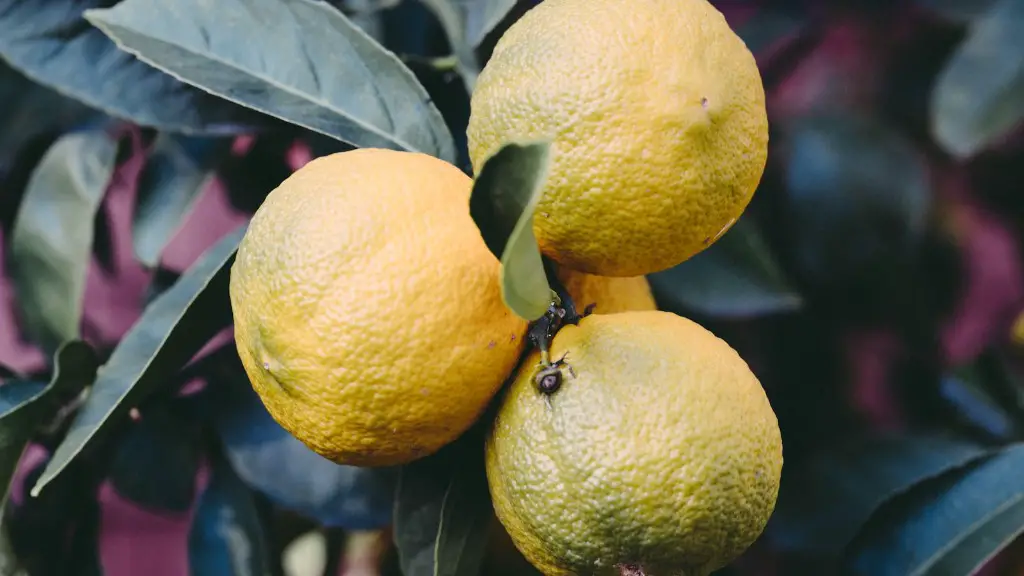Materials
Painting a palm tree is not possible without the right materials. As a beginner, you need to prepare several essential items before you start work. Firstly, you need an array of paint brushes in various sizes. The different sizes allow you to create various effects and apply the paint with greater accuracy. Next, you need good quality acrylic paints in the shades associated with palm trees, such as browns, golds, and greens. Lastly, it’s important to buy a pre-stretched canvas so the paint will spread and adhere evenly over the surface.
Procedure
Now that you have all the materials necessary to paint a palm tree, it’s time to start the process. Firstly, place the canvas on a flat surface clearly visible to you. Once your canvas is ready, use a brush to sketch the basic outline of the palm tree with a pencil. This will serve as your guide during painting. After that, choose the right colors for the trunk and branches. For the trunk, you can opt for a mid-brown color, while the branches should be slightly darker. Remember to take your time when painting the trunk and the branches.
Filling In
After you have painted the outline, you can fill in the branches and leaves of the palm tree. Begin by painting the leaves with a lighter green shade in order to create a contrast between the trunk and the leaves. Now use a darker green color to paint the tips of the leaves so that they appear more realistic. Then apply some gold and brown hues in order to create texture and movement. Finally, add some light greens in the center of the leaves so that they appear brighter.
Highlighting
Now you need to add the finishing touches to your painting. Firstly, use a thick paintbrush to apply white streaks along the leaves to create an interesting contrast. Secondly, use a thin brush to add small golden dots in the center of the leaves to create a shimmering effect. Lastly, use a large brush to add white highlights to the trunk and branches to make them look more lifelike.
Background Elements
To further enhance the painting, you can add several elements to the background to make the palm tree stand out. Begin by using a lighter blue to create distinct waves in the background. Add a few white streaks to the waves to make them look more realistic. To create a calming, serene atmosphere, you should also add a few small islands on the horizon. Depending on your preference, you can also include some birds and clouds in the sky.
Painting the Sky
Once all the elements in the background are finished, you can move on to painting the sky. Start by painting some yellow and pink bands to represent the sunrise or sunset. Afterwards, add a few white and blue streaks to create the illusion of movement. For the clouds, use a light blue hue to paint puffy shapes so as to make them look soft and fluffy.
Framing
Finally, you can frame the painting to add a nice finishing touch. Begin by pasting a thick board on the back of the painting. Then use a staple gun to adhere the canvas to the board. Finally, apply a coat of lacquer to the painting to preserve the colors and texture.
Varnishing
The last step is to varnish the painting in order to protect it from dust and dirt. Begin by inspecting the painting for any imperfections. Use a thin brush to apply a coat of varnish on the painting, ensuring that all the edges and crevices are covered. Allow the varnish to dry before you hang the painting.
Storage
To ensure your painting lasts for a long time, it is important to store it in a cool and dry place. Avoid placing it in direct sunlight as this can cause the colors to fade. If you don’t have space to hang the painting, you can roll it up and store it in an art tube. Make sure to use acid-free paper to protect the painting from dust and moisture.
Displaying
When it is time to display your masterpiece, you should select a place that is both protected from the elements and offers plenty of light. Wooden frames are the best choice for preserving the painting. Consider the wall colors surrounding the piece and make sure that the colors of the frame complement them. Your painting is now ready to be admired and appreciated!


